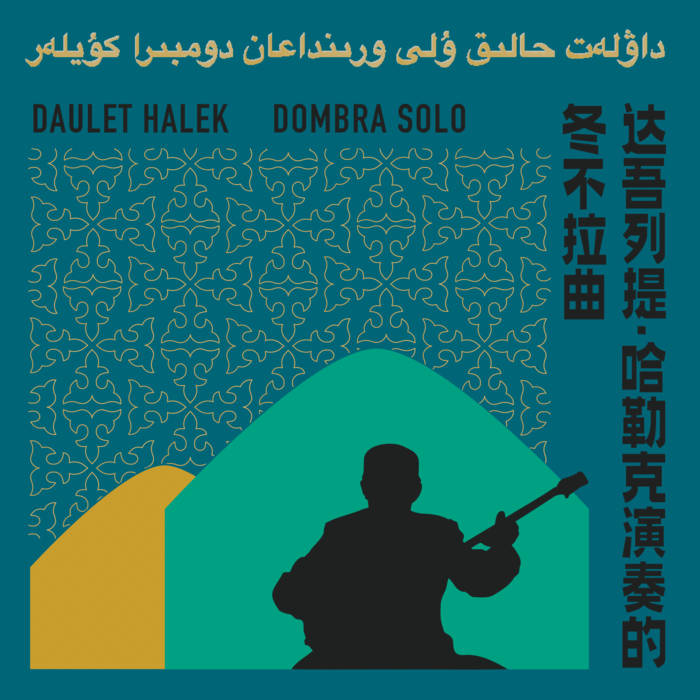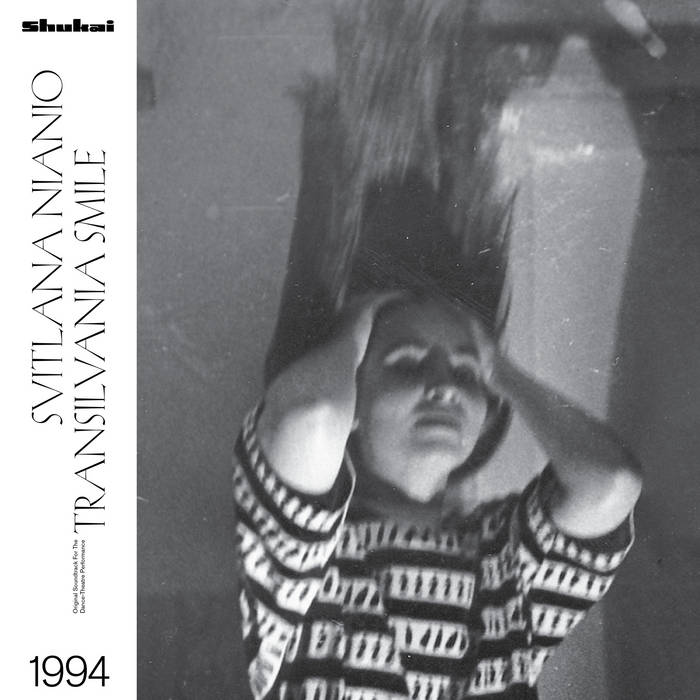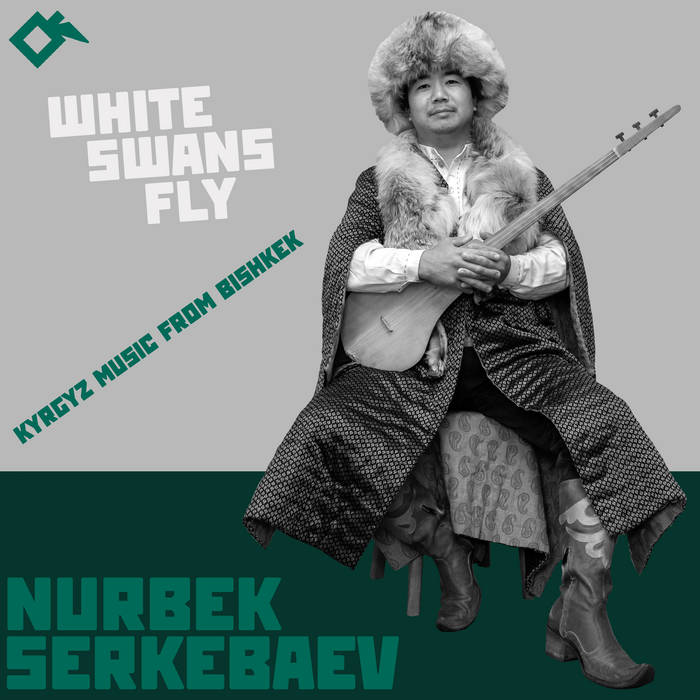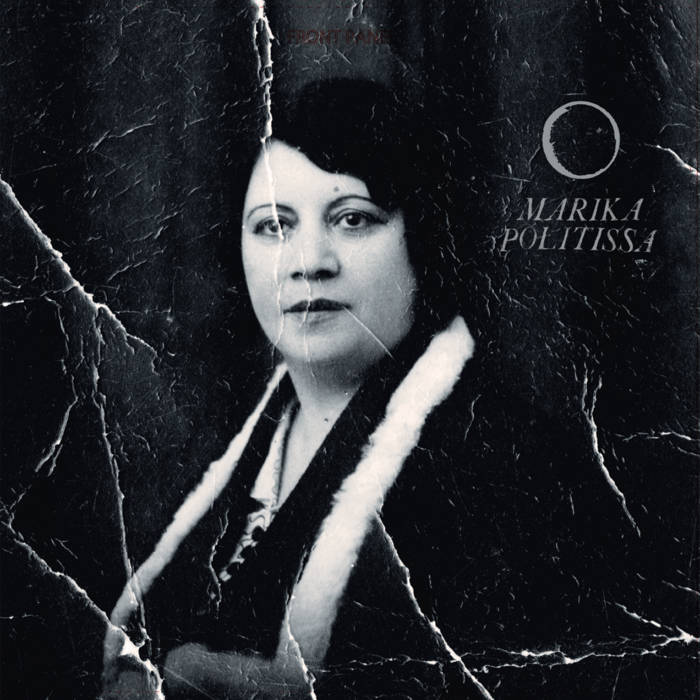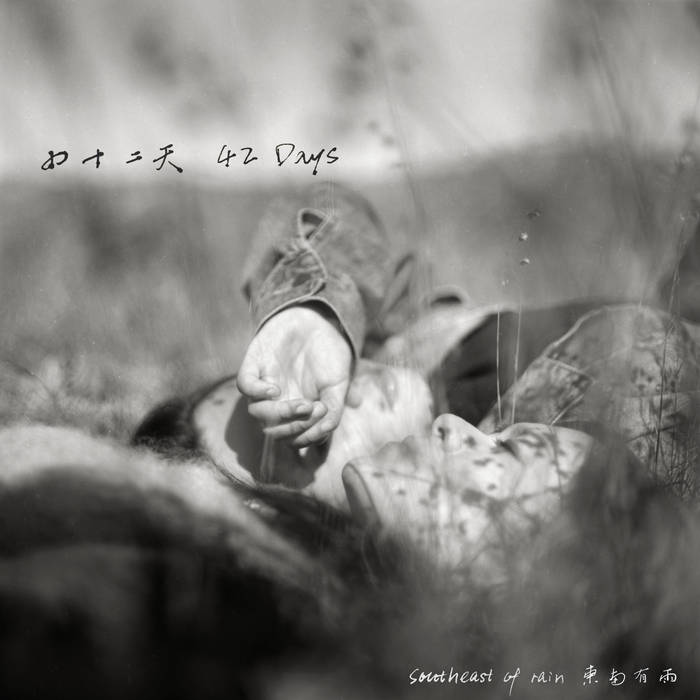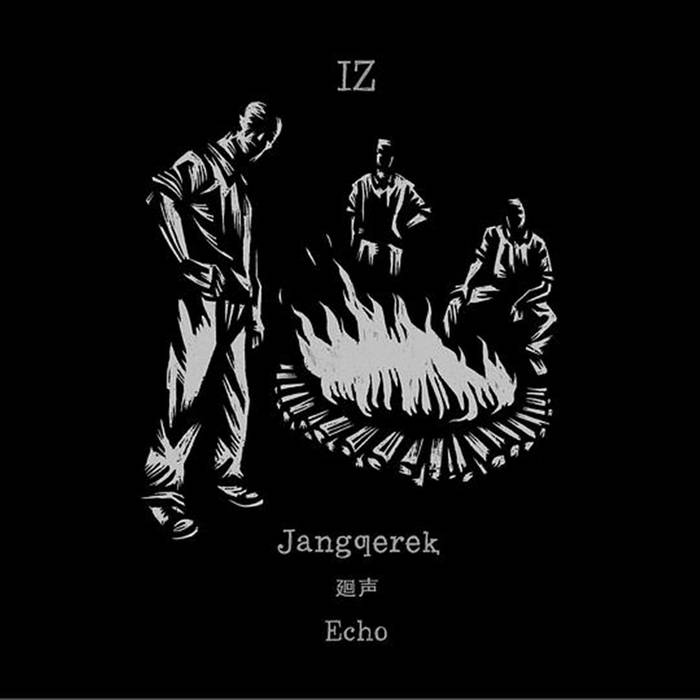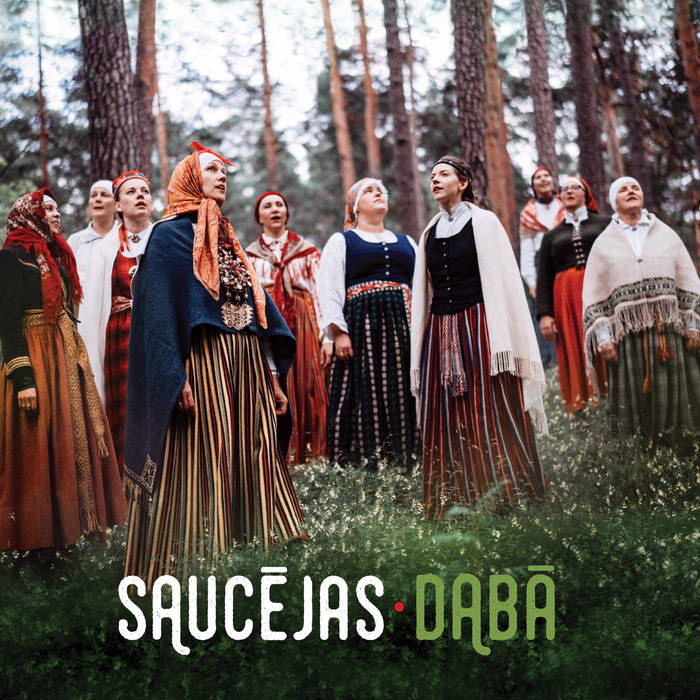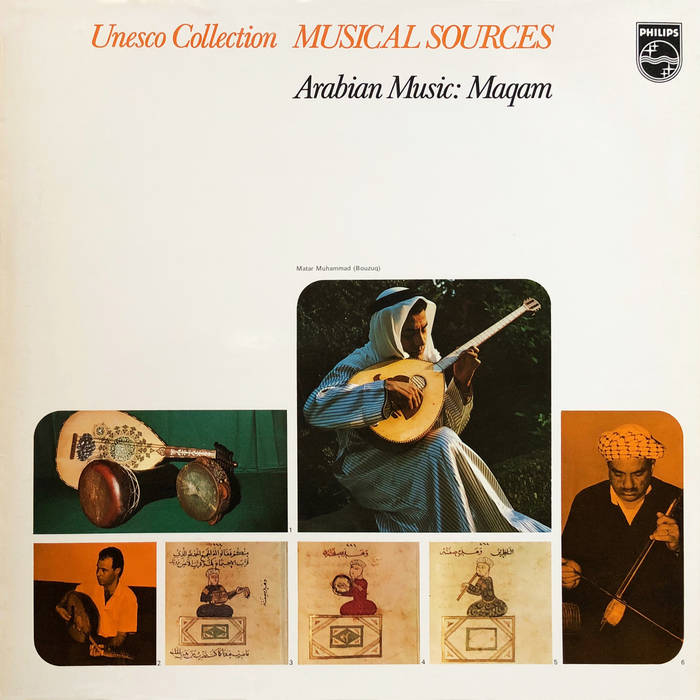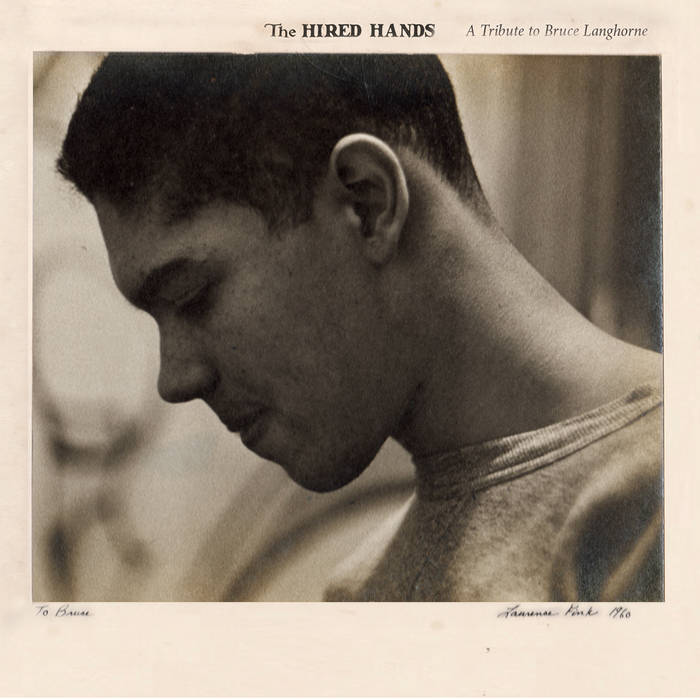This release honors the memory of Chinese Kazakh composer Daulet Halek who passed away in 2008. From the release’s Bandcamp site: “Producer’s Note: This album has its genesis in a precious reel-to-reel tape recording which we discovered in a radio station. It is unfortunate that the tape itself does not Continue Reading
Folk Music
Svitlana Nianio – Transilvania Smile, 1994
Though the recording quality is not audiophile quality, this collection of theater music by Ukrainian singer and artist Svitlana Nianio documents the soundtrack to a theater project she was involved in at the time called Transilvania Smile. From her label Muscut Records’ Bandcamp site: “Svitlana Okhrimenko (artist name: Svitlana Nianio) Continue Reading
Nurbek Serkebaev – White Swans Fly: Kyrgyz Music from Bishkek
Nurbek Serkebaev is a well known Kyrgyz folk musician who plays virtually all Kyrgyz traditional music instruments. The venerabl Antonovka Records have released yet another fine album of traditional music.
Marika Politissa – All Parts Dark
Much respect to Mississippi Records out of Chicago, Illinois for releasing this magnificent artifact! The back story is explained in great detail on the label’s Bandcamp site: Marika “Politissa” Frantzeskopoulou was a Greek singer from Constantinople, reknowned for her precise, fluid and graceful performances and depth of feeling. Backed by Continue Reading
Southeast of Rain (东南有雨) – 42 Days (四十二天)
Sophia Shen and Lemon Guo work together as Southeast of Rain (东南有雨), an electroacoustic/field recording project based in the United States, with one living in New York and the other living in the San Francisco Bay area. The album is the result of 42 days of mixing avant-garde experimental music, Continue Reading
IZ Band – 廻声Jangqerek
The legendary Shenzhen-based Old Heaven Books released a powerful album from the Chinese-Kazakh band IZ Band. This is listed as folk music, yet the music is brutal, sounding like early 1980s post-punk or Industrial rock. Think of, maybe, a Kazakh Killing Joke or a Central Asian early-period Current 93.
Dzivia – Flower Maiden
Dzivia are a project out of Belarus specializing in a music that crosses ambient, Nordic folk music, symphonic progressive rock and regional music. They manage to do all this in one track. Impressive.
Saucejas – Dabā
Our dear friends at CPL-Music have done it again! This 60-track album by Saucejas is an ethnographer’s dream if you’re into Latvian music, and there is an organic feeling to this album. Nothing too terribly processed, nothing added that didn’t need to be there. The album is appropriately titled, as Continue Reading
Various Artists – UNESCO Collection Musical Sources – Arabian Music: Maqam (Iraq – Lebanon 1971)
A reissue specialist label called Rarità Tradizionali have published a fine collection of music from Lebanon and Iraq from 1972, and it sounds brilliant. This album was apparently never released, and it’s surprising considering the quality of the musicianship of these instrumentalists from Iraq and Lebanon (including buzuk player Matar Continue Reading
Various Artists – The Hired Hands: A Tribute to Bruce Langhorne
We will be celebrating Memorial Day with my family today, and in honor of the holiday, we offer up this compilation dedicated to American guitarist Bruce Langhorne, who influenced so many indie musicians that it’s a wonder so few outside of this select club have heard of him. Byron Coley, Continue Reading
